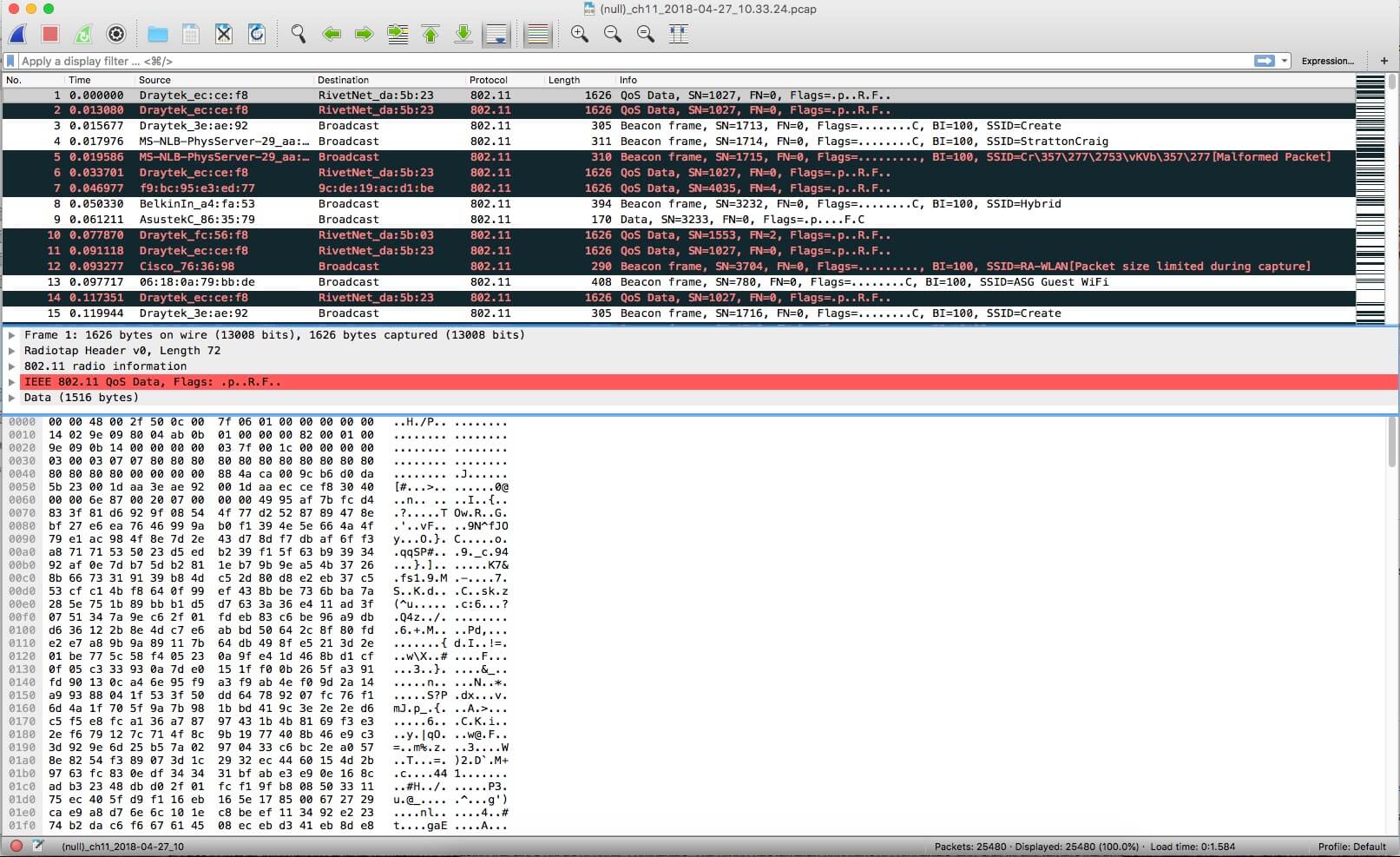

Now I think, you can play with the command as per your need. Even with the older Wireshark versions Npcap might work better for you, especially if you run Windows 10. The Wireshark installer from 3.0 onwards includes Npcap, where versions before include WinPcap. One of them must be installed in order to capture live network traffic on Windows. w mypcap.pcap will create that pcap file, which will be opened using wireshark. Npcap and WinPcap are Windows versions of the libpcap library. You can remove this to capture all packets. Port ftp or ssh is the filter, which will capture only ftp and ssh packets.

Default is eth0, if you not use this option. i eth0 is using to give Ethernet interface, which you to capture. 65535, after this capture file will not truncate. s 0 will set the capture byte to its maximum i.e. You can use following command to capture the dump in a file: tcpdump -s 0 port ftp or ssh -i eth0 -w mycap.pcap I am writing this post, so that you can create a pcap file effectively. When you create a pcap file using tcpdump it will truncate your capture file to shorten it and you may not able to understand that. so many other options available, see tcpdump man page.you can directly see the capture of a remote system in any other Linux system using wireshark, for more detail click “ Remote packet capture using WireShark and tcpdump”.you can create filter to capture only required packets like ftp or ssh etc. To load a PCAP file in Wireshark, open Wireshark and in the menu bar, click ‘File’, then click ‘Open’ and navigate to the file’s location, then click ‘Open.you can also create a pcap file (to see the capture in wireshark),.you can see the packet dump in your terminal,.When you have only command line terminal access of your system, this tool is very helpful to sniff network packets. Tcpdump is a command line network sniffer, used to capture network packets.


 0 kommentar(er)
0 kommentar(er)
